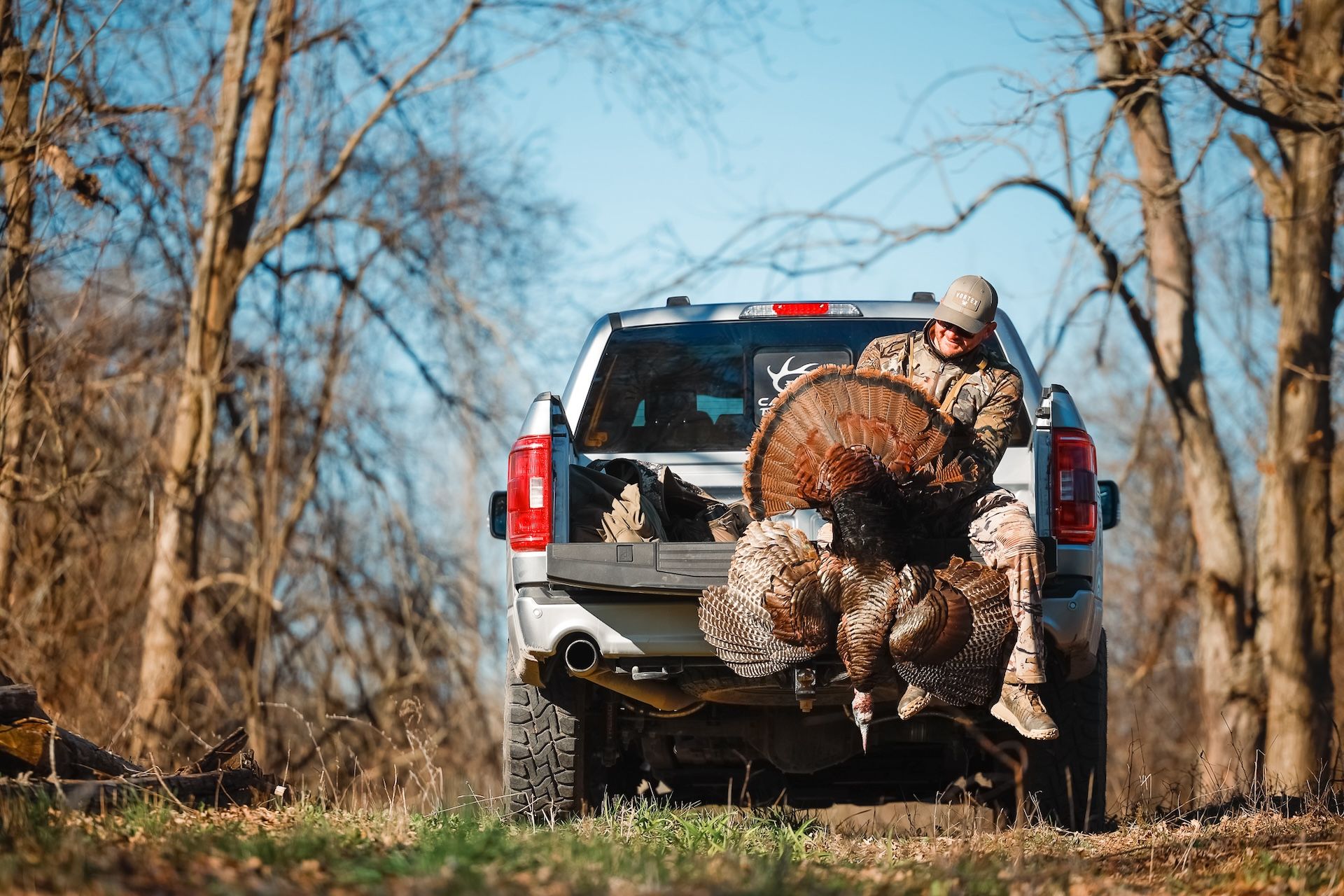The intrigue of these challenges and the satisfaction of overcoming them keep us returning to the hunt. Each variation in turkey type comes with a new adaptation process as your strategies change to meet each bird's environmental shifts and differing characteristics.
What should hunters know about these turkey types? Today, we'll discuss the similarities and differences between the Osceola, a Florida subspecies that thrives in swamps and lowlands, the Merriam, found in the western mountain regions, and the heritage turkey, which encompasses a variety of domesticated breeds closer to wild breeds.
Use this information as you plan your next turkey hunt!
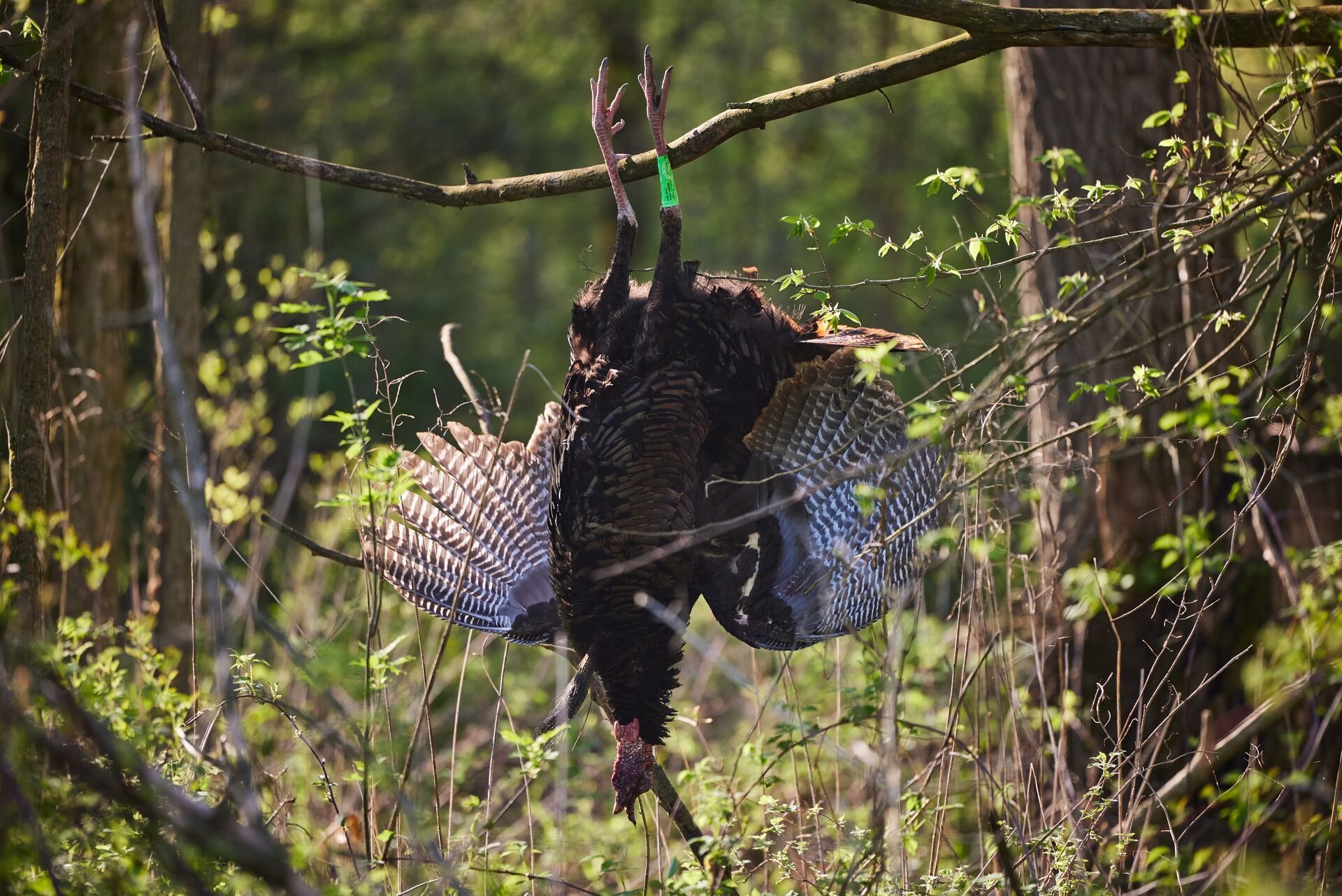
Why Differentiate Turkey Species?
It can be easy to fall into the trap of thinking that all turkey subspecies act or are inherently similar. In reality, turkey subspecies differ in everything from physical presentation to behavior.
These distinctions are essential for a range of reasons, including:
- Adapting your hunting style to turkey behavior and geography
- Following all guidelines, bag limits, and restrictions regarding a particular type
- Setting aside seasons and times that most align with subspecies high activity periods
- Contributing to conservation and general hunting knowledge
Let's look at three turkey subspecies and why these differentiations matter.
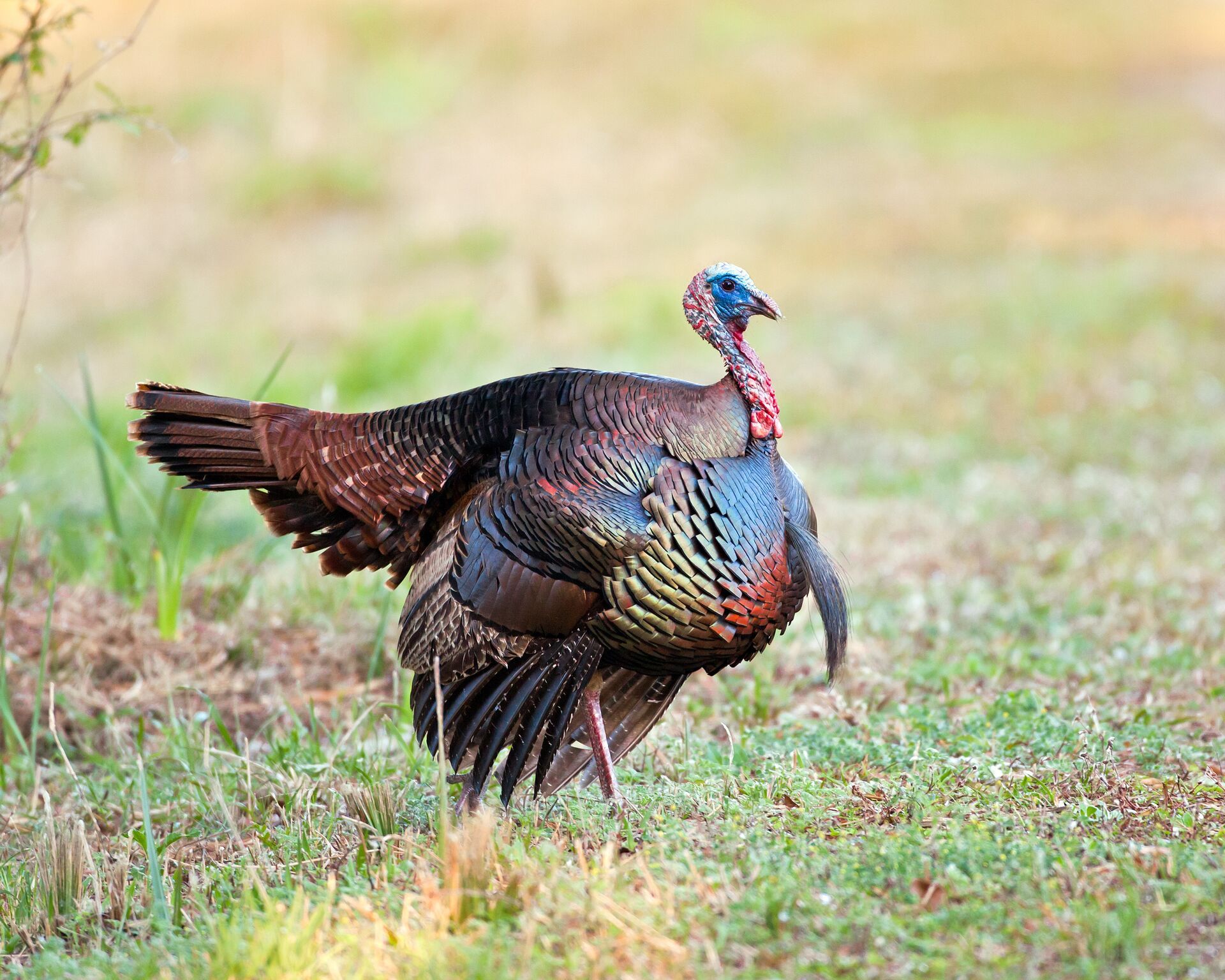
The Osceola Turkey
Here's what hunters should know about the Osceola turkey and where to find it.
The Region
Osceola turkeys are native to Florida and found exclusively on the Florida Peninsula. So, they are sometimes called Florida turkeys. The estimated population is around 110,000 or slightly less.
Its Appearance
Although similar to the Eastern, the Osceola have dark brown tips on their tail feathers with black wing feathers patterned with white bands. They're smaller than the eastern, with males weighing approximately 20 pounds and females weighing 8 to 12 pounds and adult-size.
Their Habitat
Notoriously adaptable, the Osceola turkey uses swampy areas, pine woods, and prairies to its advantage. They've been known to move into grasslands and pastures, especially for feeding.
Hunting Challenges
The Osceola turkey is not for the faint-hearted. It's considered one of the most challenging birds to hunt, thanks to its cunning use of the environment and its elusive nature.
But for those who are up for the challenge, the reward of a successful hunt is unparalleled.
Hunting Tips
Start your Osceola hunt by examining the local environment with the HuntWise mapping features. Look for swamps, pine savannas, and open clearings where toms may head for feeding and mating (season-dependent).
From there, set some markers on the map and consider using decoys if you'll be hunting in these mixed environments.
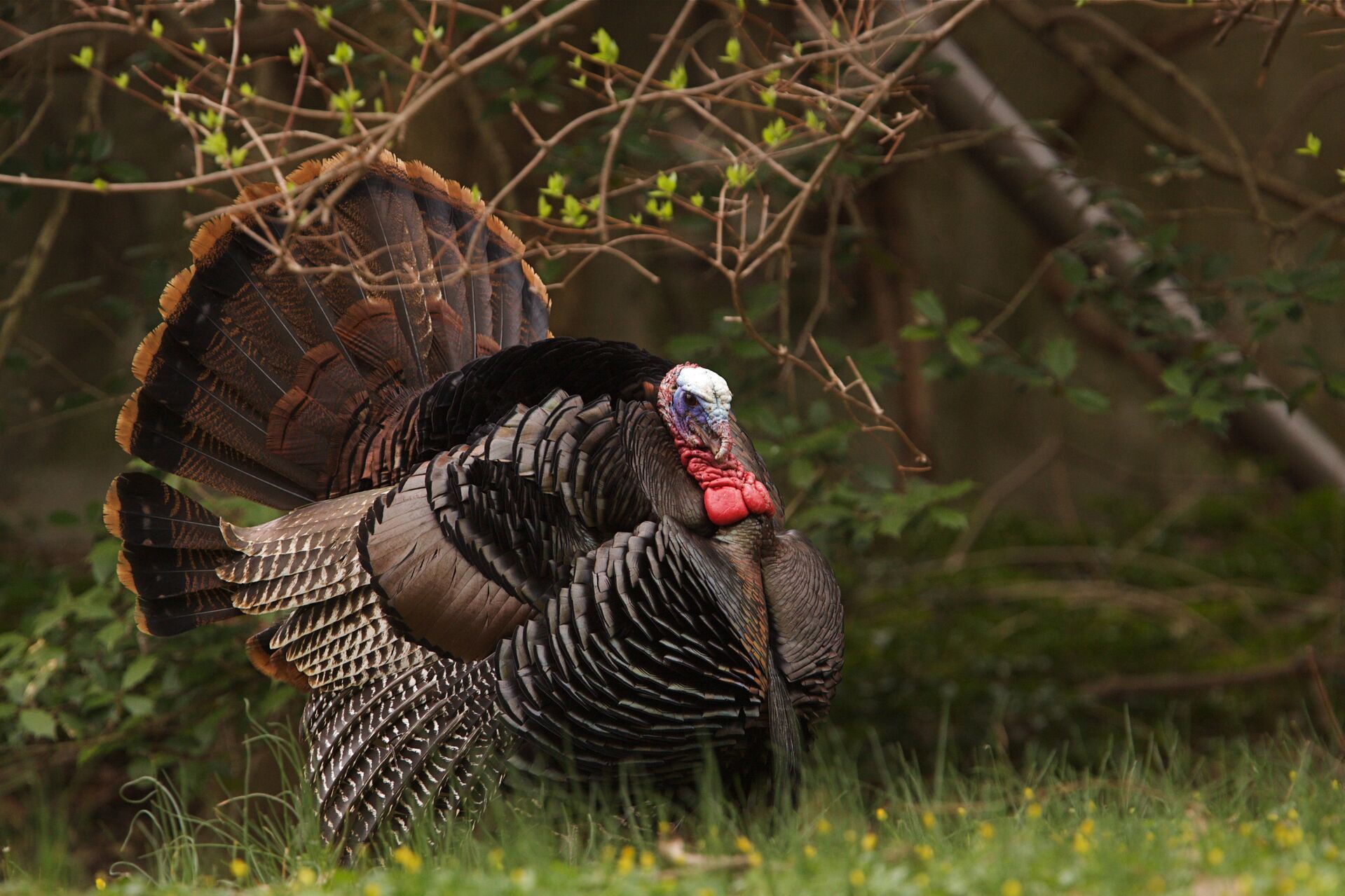
Merriam's Turkey
How is Merriam's Turkey different from the Osceola? Here's what you should know.
The Region
Merriam's turkey is found in the western mountainous areas of Wyoming, Montana, and South Dakota, up to the mesa country of New Mexico. It's generally considered a Rocky Mountains species, the center of its dispersion.
Its Appearance
The Merriam's turkey is a distinctive bird with prominent white feathering on its lower back and light-colored tips on the tail feathers. This generally lighter plumage helps hunters distinguish the species from a distance.
Their Habitat
You're more likely to come across this subspecies at higher elevations amongst mountain shrub vegetation and pine habitats. However, you'll also find them at lower levels in forest edges, aspen, and mixed habitats.
Challenges in Hunting These Turkeys
Terrain and weather can be significant challenges to a Merriam's turkey hunt, as the terrain and nature of the bird require significant hiking and packing out. The birds generally wander further out than other subspecies, and their dispersion means they're very spread out and harder to access.
Hunting Tips
As Merriam's turkeys are elusive, it is crucial to pay close attention to any bird signs, including tracks, droppings, and feathers. These signs can lead you to the birds.
Merriam's are also vocal creatures, so familiarize yourself with their calling sounds, not only to replicate them but also to recognize them. They are prolific but generally quieter callers.
Use HuntWise to locate isolated turkey hotspots deep into the mountains, away from gathering places like parking lots and main roads. Once you've found a promising area, mark it on your map for future reference.
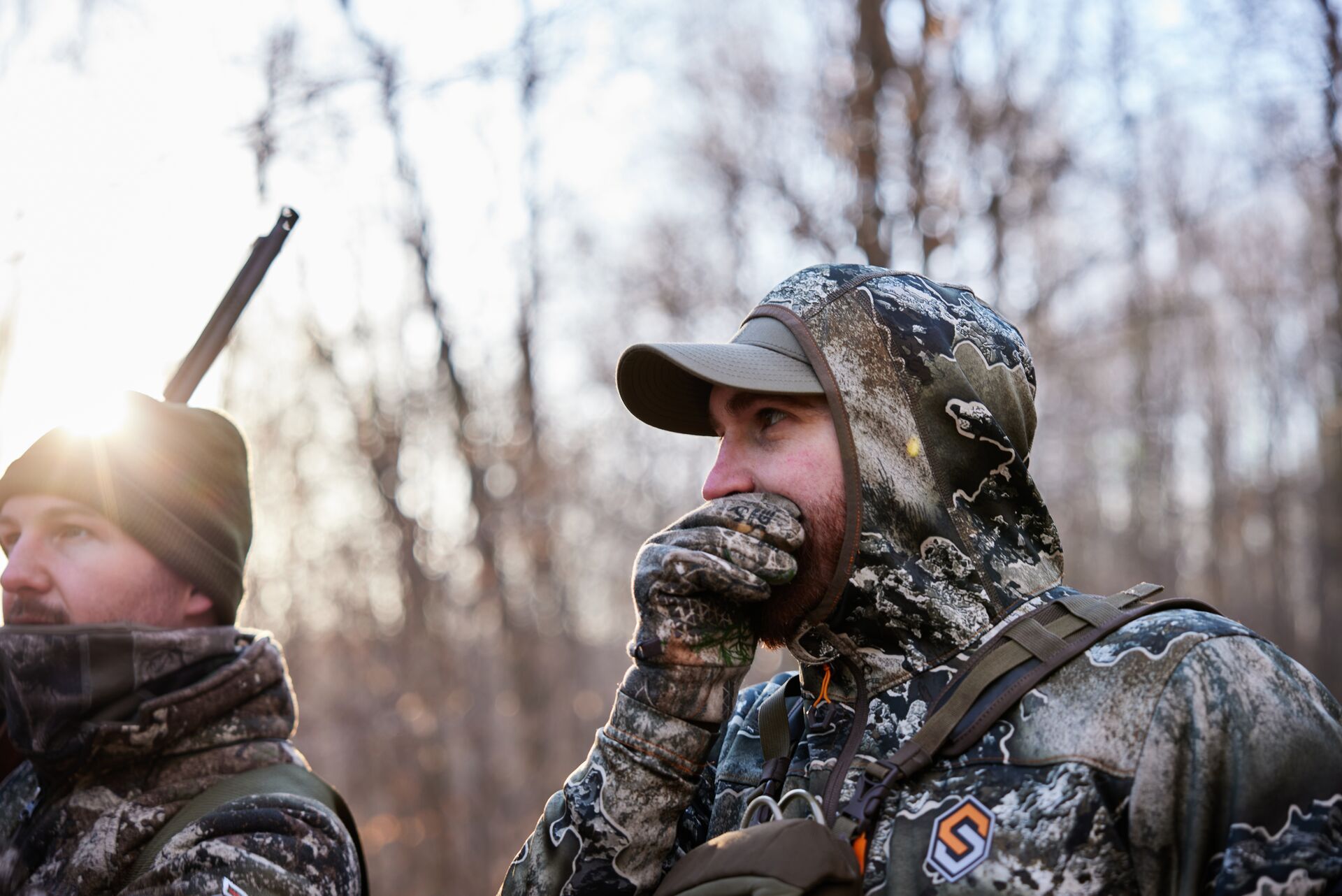
Heritage Turkey
What about the heritage turkey? Here's what hunters should know about these birds.
What is a Heritage Turkey?
A heritage turkey is a domesticated bird with genetic ties and characteristics similar to wild turkeys. To achieve heritage classification, a bird must be able to mate naturally, have a long reproductive lifespan, and have a slow growth rate.
Their Importance
Heritage turkeys boost natural diversity, which is crucial in sustainable agriculture and biodiversity. Due to their distinct and superior flavor, they're often a favored choice for the Thanksgiving table.
By breeding heritage birds, farmers maintain a long genetic history with common breeds, including the Narragansett, Bourbon Red, Standard Bronze, and Slate.
Habitat and Behavior
Heritage turkeys are often kept on small, independent farms, where they are encouraged to engage in natural foraging similar to wild turkey species. So, you're unlikely to find a heritage bird out in the wild during your turkey hunt.
Hunting and Conservation
As these birds are cultivated by professional farmers, hunting these species is unlikely. However, by purchasing heritage breeds, you contribute to conserving these traditional birds.
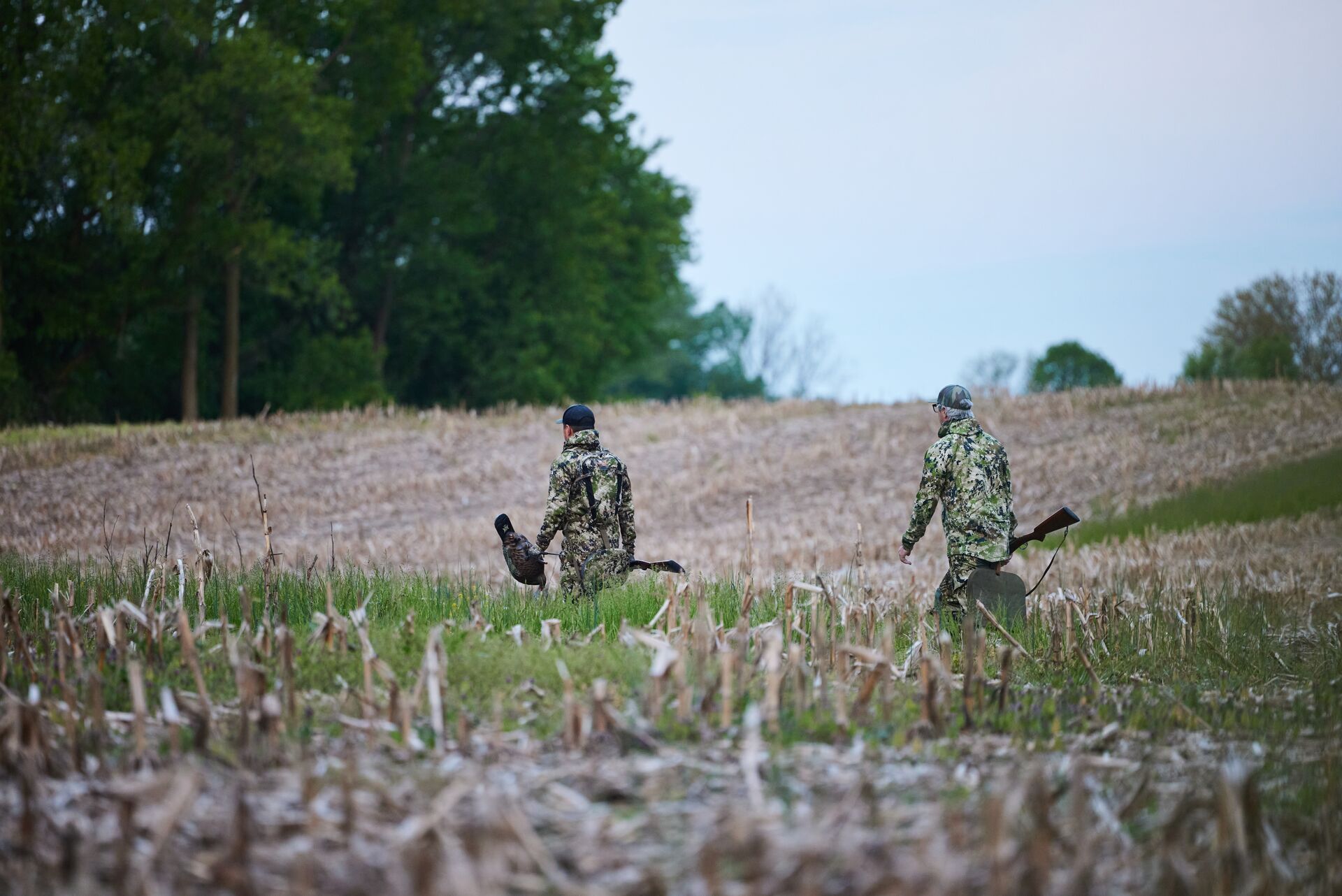
No Matter the Turkey You Hunt, HuntWise Helps You Find Them
The diversity of turkey subspecies is a big part of what makes the U.S. turkey hunting culture unique. For those willing to go out and find them, there are endless challenges, exciting locations, and stunning birds across the country.
Whether planning an Osceola hunt through the Florida swamplands or a high-altitude Merriam's hunt across the mountains, HuntWise can help you scout, plot, assess weather, and much more.
Use the app's map layers, topographical and 3-D views, markers, land boundaries, and sharing capabilities for a successful turkey hunt every season. If you don't yet have the app, download it for a free trial!
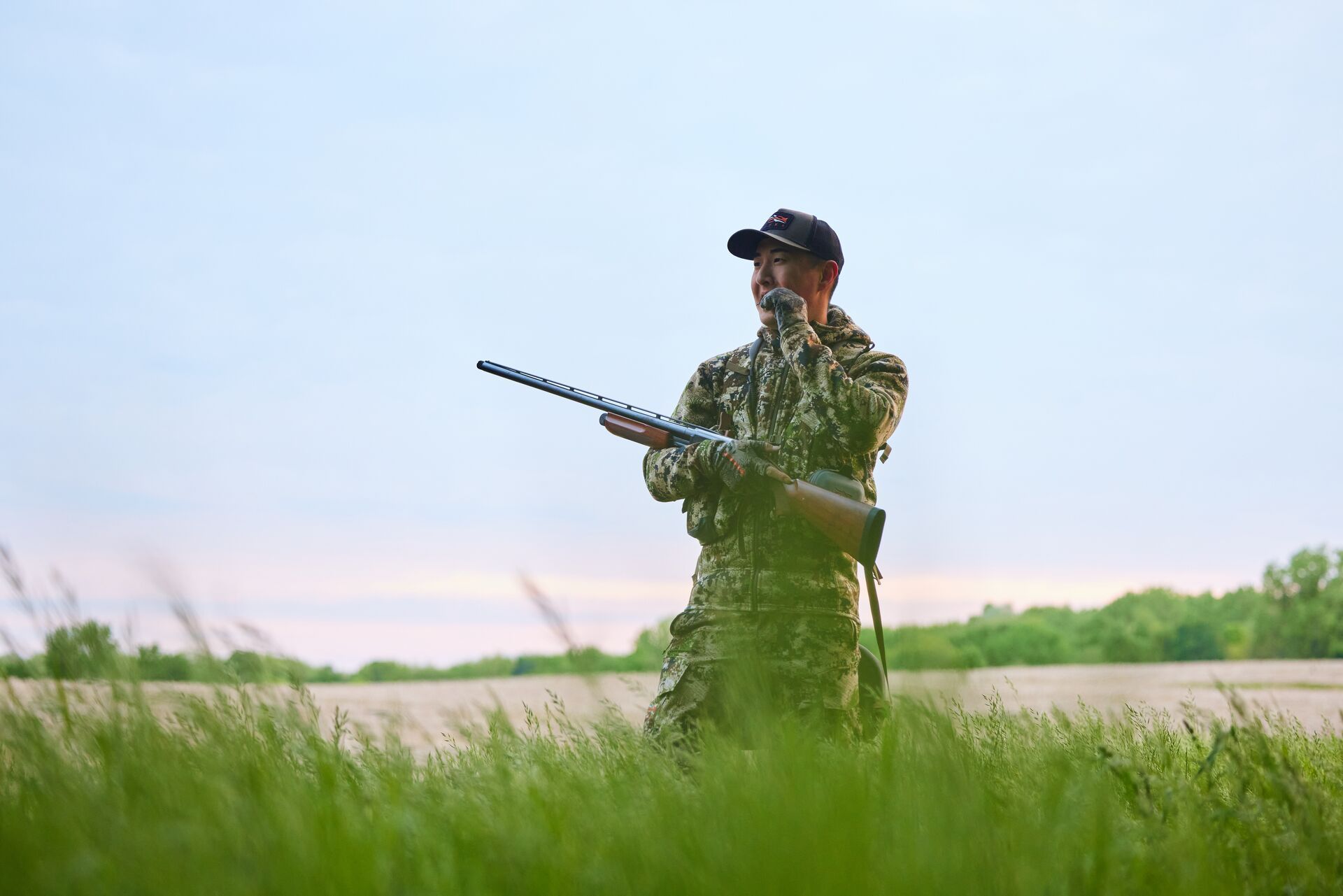
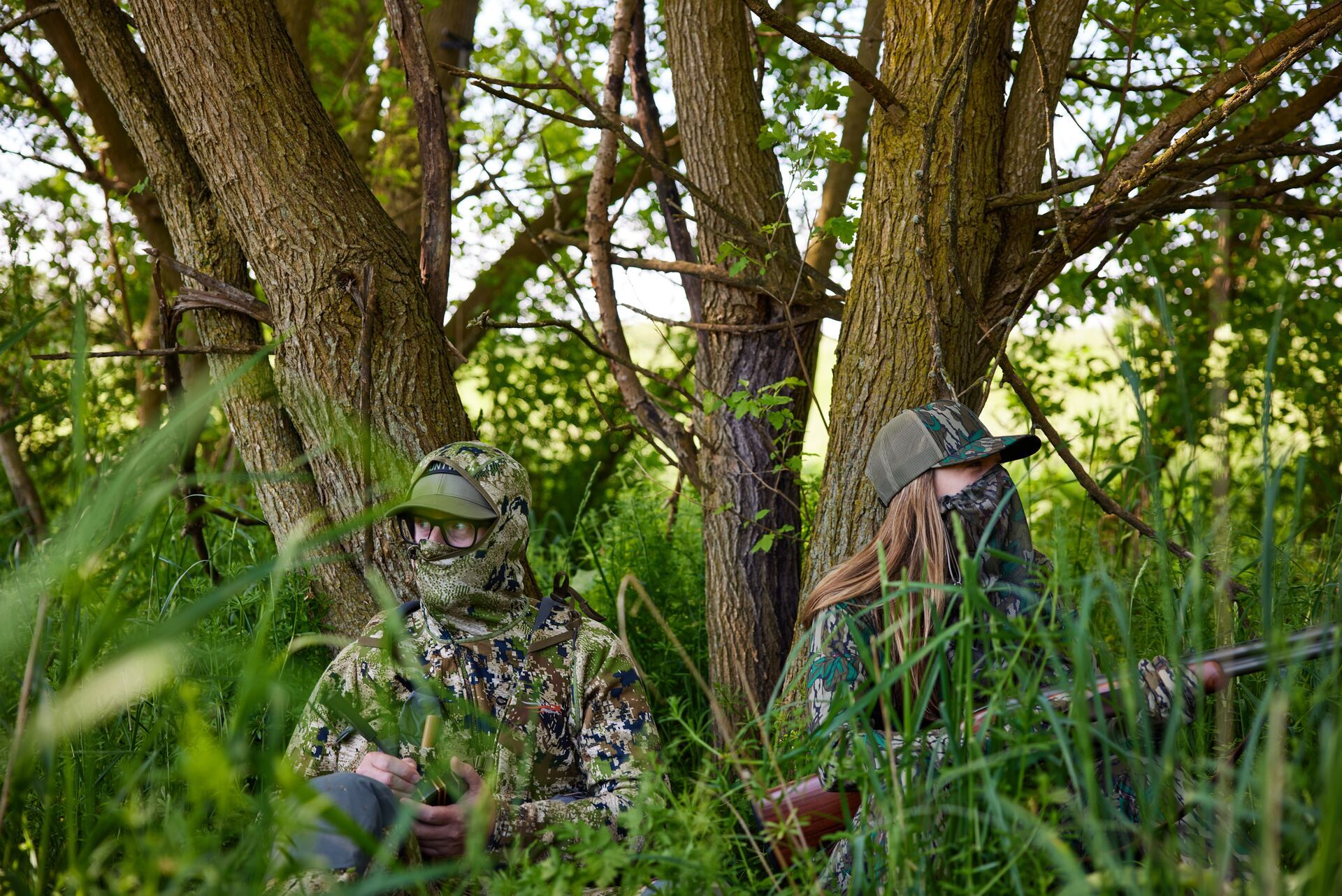
 Turkey
Turkey Turkey
Turkey Turkey
Turkey